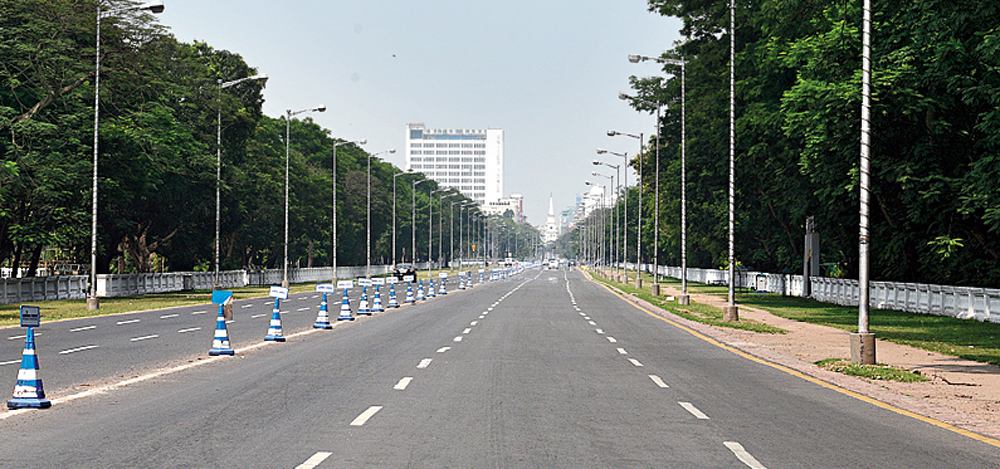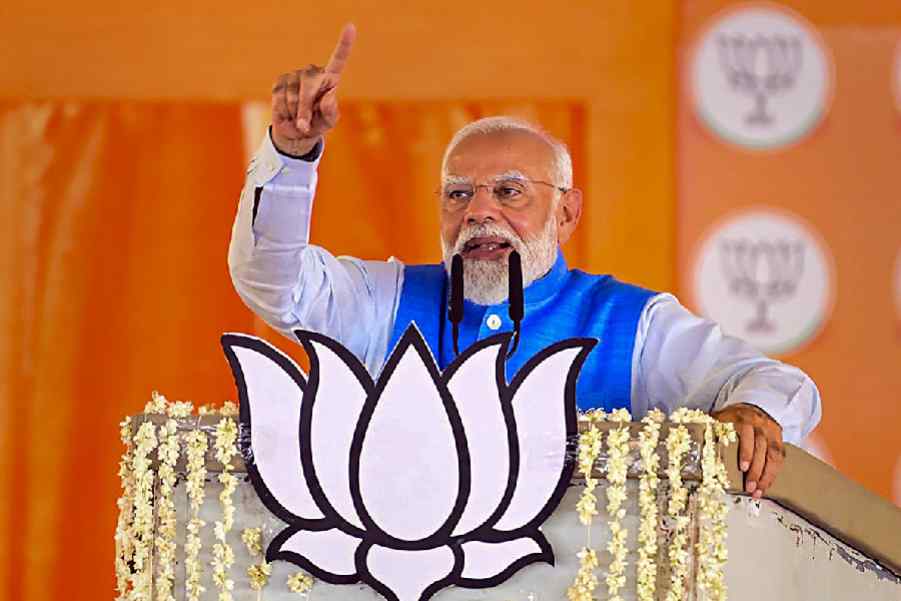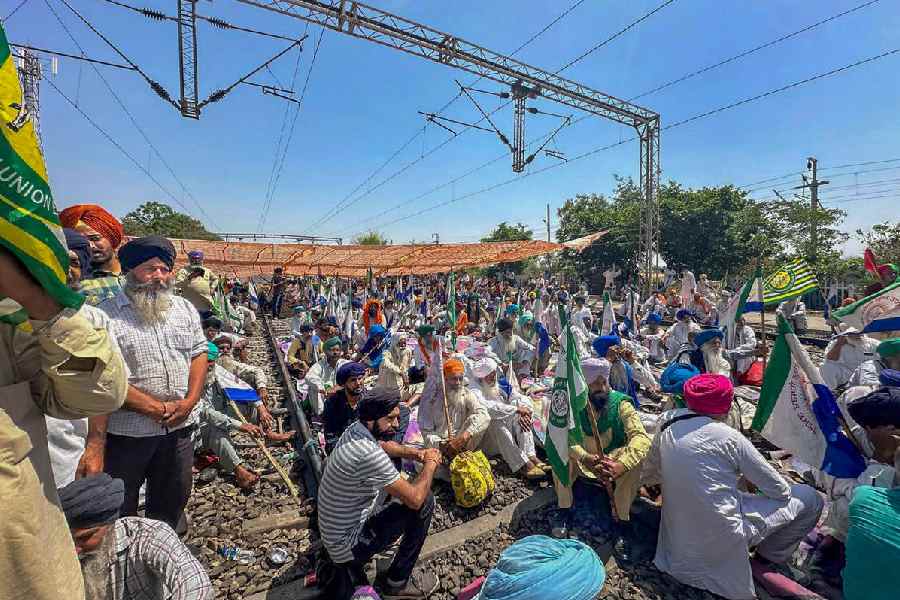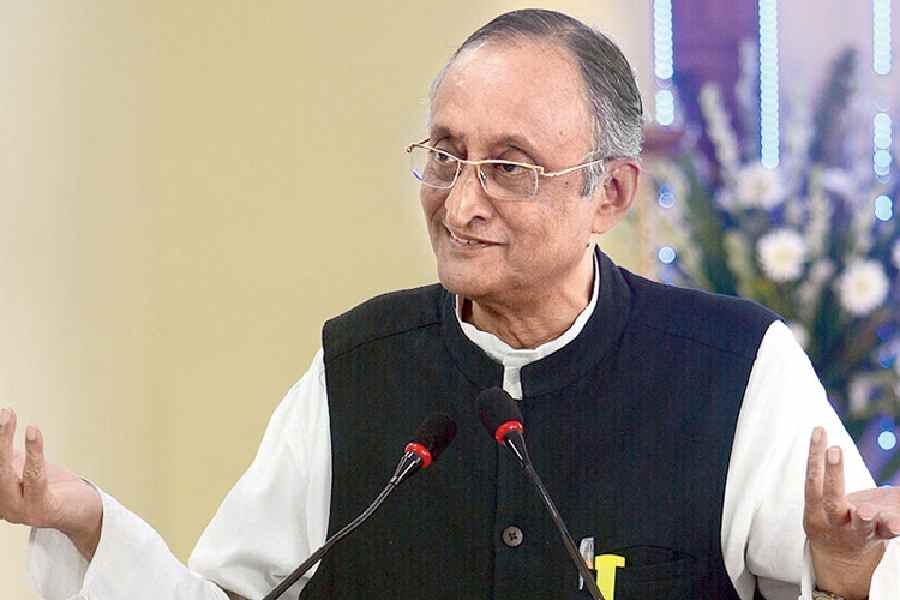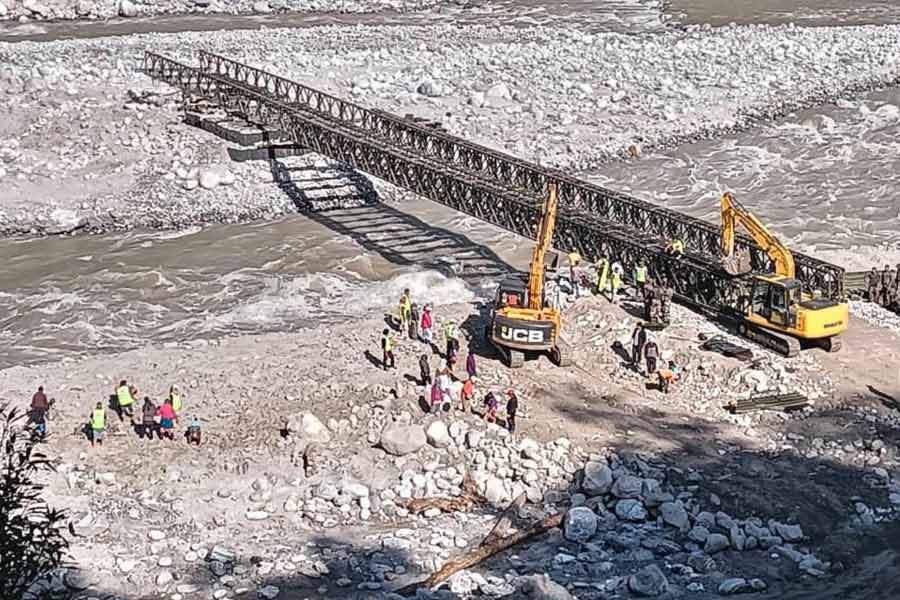Trying to make sense of what is going on around us right now seems guaranteed to lead either to frustration or to despair. Once one has hacked through the thicket of conspiracy theories (the Chinese did it in order to bring about world domination), wishful thinking (tropical countries are safe because they are hot and their populations have developed immunity to malaria), religious mumbo-jumbo (too numerous to list), techno-fantasy (this is the world rebooting itself), eco-fundamentalism (serves humanity right for despoiling the planet), and others too far-fetched to mention, one is left with the brute fact that the world is in the grip of a pandemic the likes of which has not been seen in living memory. Governments, no less than individuals, seem to swing between the two extremes of terrified panic and unthinking nonchalance when trying to come to grips with the novel coronavirus pandemic, which, with every passing day, seems to mutate into something ever more devastating than it was a day earlier. Our government’s response — the declaration of a three-week “lockdown” of the entire nation — combined both, with what may yet turn out to be devastating consequences. Whilst no one doubts that social distancing is, so far, as long as a vaccine for Covid-19 is not available, an effective way of slowing down the spread of the virus, it is equally certain that such a lockdown will have an impact on hundreds of millions of Indians who simply cannot afford to stay home for such an extended period of time without losing their means of sustenance, nay, survival. Few or no measures seem to have been thought of by the Central government for the roughly 80 per cent of Indians who work in the informal sector of the economy, not to speak of the over 50 per cent of Indians who depend on agriculture and farming-related activities for their livelihood. Farmers who are unable to sell their produce — remember, the winter harvest is ready for the market — cannot pay off loans, nor can they sell their wares outside a very circumscribed area because nearly all transport is unavailable. Several of my friends and acquaintances who live in villages, with whom I have spoken over the last few days, are making dire prognostications of what may take place if things don’t change — and fast. At least two of them expressed unhappiness at the way in which BPL (below poverty-line) families were being “favoured” by the government at the cost of those who, like them, also depend on agriculture for their livelihood but are relatively better-off. Without immediate government intervention, this has the potential to snowball into a major crisis. Some state governments, most notably Kerala, but also, to a lesser extent, West Bengal, have made the right noises about supporting farmers, but their hands seem to be tied by the Centre’s strange reluctance to release funds, or announce bold and far-reaching measures to alleviate the problem. It is to be hoped that this is done in the next day or two (or will have been done by the time you are reading this).
But farmers are not among the worst-off as a result of the lockdown. That fate is reserved for the millions engaged in the informal sector, most notably construction, services (including domestic labour), small business, and petty trade. Many of them are migrants, who commute periodically from their (usually rural) homes to come for work to the city and, typically, live in overcrowded slums where social distancing is well-nigh impossible. So, if the duration and enforcement of the lockdown — reports and videos of police brutality are proliferating like, well, the novel coronavirus — show the government’s panic, the apparent lack of alleviative measures indicates a certain smug complacency that things will turn out all right in the end. But this attitude begs two fundamental questions. First, how are things going at the moment with respect to the pandemic here? Second, when can we start thinking of it drawing to an end? In short order the answers seem to be, “badly”, and “no one knows”. Here’s why.

The declaration of a three-week ‘lockdown’ of the entire nation combines terrified panic and unthinking nonchalance
Perhaps the most reliable data source for the Coronavirus Disease (Covid-19) is the section of the website Our World in Data dedicated to the analysis of research and statistics dedicated to the pandemic (https://ourworldindata.org/coronavirus). Our World in Data used three primary data sources — from the World Health Organisation, the Johns Hopkins University, and the European Centre for Disease Control and Prevention — until March 18, when they decided to switch to ECDC data because, as the website states, “Since March 18 it became unfortunately impossible to rely on the WHO data to understand how the pandemic is developing over time” because of the “overlap between... two WHO data publications (Situation Reports 57 and 58)” and also because the website “found many errors in the data published by the WHO when we went through all the daily Situation Reports”. The ECDC, on the other hand, “collect and harmonize data from around the world which allows us to compare what is happening in different countries. The European CDC data provides a global perspective on the evolving pandemic.”
One simple measure of the spread of the virus is the doubling rate, that is, the number of days it takes for cases to double in a particular area. According to the latest figures available, up to March 25, India’s doubling rate is less than four days, compared to seven days for the world as a whole. In fact, between March 21 and 25, the number of confirmed cases in India went up 2.4 times (from 231 to 562); according to government statistics, this number is now 649. Bear in mind that these are confirmed cases, and it is almost certain that the number of actual cases is significantly higher than the number confirmed. This is why it seems fair to say that things are not going well for India at this moment.
Of the 193 countries that are member-states of the United Nations, 170 have confirmed Covid-19 cases; among the 23 that haven’t reported cases, about 10 probably have cases but either don’t have the testing facilities to confirm (these would include the African nations of Malawi, Burundi, South Sudan, and Sierra Leone), or are not telling (North Korea, Yemen, Tajikistan). In short, this is a pandemic which has different rates of growth in different parts of the globe, with patterns still difficult to discern, at least in terms of affected areas. To put it bluntly, no one knows how the pandemic will spread and when it may come to an end: the most optimistic estimates put it at six to eight months for the world as whole, others stretch it out into the foreseeable future. Whichever way one looks at it, this will be a protracted, bitter, exhausting, and potentially devastating struggle, and the sooner we start to take measures that are both sensible and practical, the better it will be for all of us. I fervently hope everything I’ve said above proves false, and I will be out hugging friends for Poila Baisakh on April 14, but I fear I may be right for a change.
The author is professor of Comparative Literature, Jadavpur University, and has been working as a volunteer for a rural development NGO for the last 30 years

